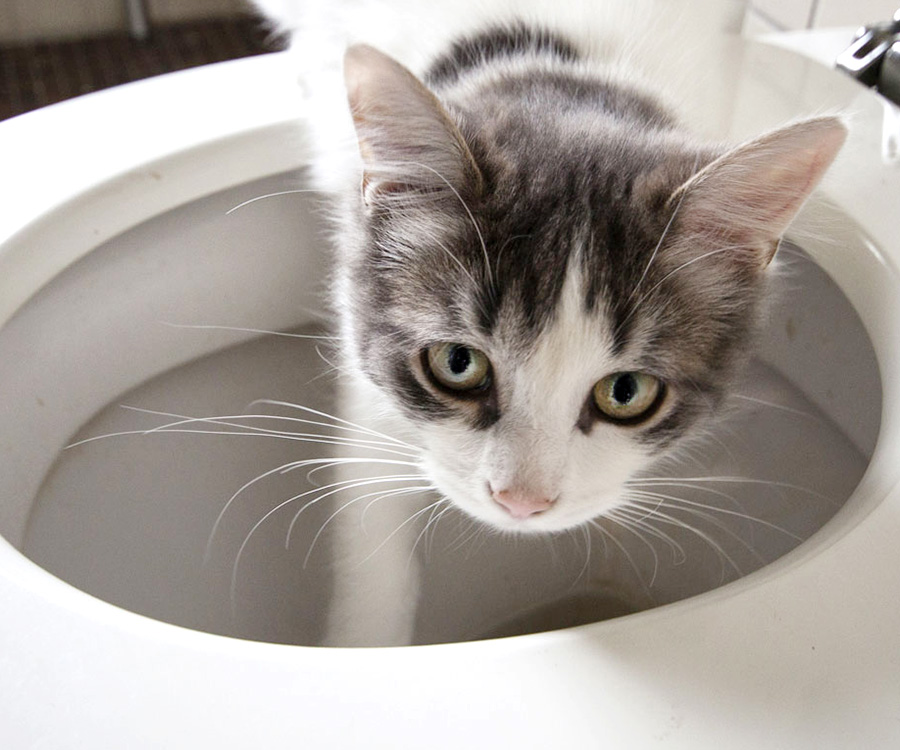Why Flushing Cat Poop Down Your Toilet May Cause Problems - Recommendations for Proper Handling
Why Flushing Cat Poop Down Your Toilet May Cause Problems - Recommendations for Proper Handling
Blog Article
Have you been looking for advice How to Dispose of Cat Poop and Litter Without Plastic Bags?

Intro
As cat proprietors, it's necessary to be mindful of just how we get rid of our feline pals' waste. While it may appear hassle-free to flush feline poop down the commode, this method can have destructive repercussions for both the environment and human wellness.
Alternatives to Flushing
The good news is, there are much safer and extra liable methods to deal with feline poop. Consider the complying with choices:
1. Scoop and Dispose in Trash
The most common method of taking care of cat poop is to scoop it right into a biodegradable bag and toss it in the trash. Make certain to use a committed litter scoop and take care of the waste immediately.
2. Usage Biodegradable Litter
Select biodegradable feline clutter made from materials such as corn or wheat. These trashes are environmentally friendly and can be securely thrown away in the garbage.
3. Bury in the Yard
If you have a yard, think about hiding pet cat waste in a designated area away from vegetable gardens and water sources. Make sure to dig deep adequate to stop contamination of groundwater.
4. Mount a Pet Waste Disposal System
Purchase a pet waste disposal system particularly developed for cat waste. These systems use enzymes to break down the waste, lowering odor and ecological influence.
Health Risks
In addition to environmental worries, flushing cat waste can additionally pose health dangers to human beings. Feline feces may contain Toxoplasma gondii, a bloodsucker that can create toxoplasmosis-- a potentially extreme ailment, specifically for expecting women and individuals with damaged immune systems.
Ecological Impact
Purging feline poop presents unsafe virus and bloodsuckers into the water supply, posing a substantial danger to aquatic ecosystems. These impurities can negatively influence marine life and concession water quality.
Final thought
Liable animal possession extends beyond giving food and shelter-- it likewise includes correct waste management. By refraining from flushing feline poop down the commode and selecting alternate disposal methods, we can minimize our ecological footprint and protect human wellness.
Why Can’t I Flush Cat Poop?
It Spreads a Parasite
Cats are frequently infected with a parasite called toxoplasma gondii. The parasite causes an infection called toxoplasmosis. It is usually harmless to cats. The parasite only uses cat poop as a host for its eggs. Otherwise, the cat’s immune system usually keeps the infection at low enough levels to maintain its own health. But it does not stop the develop of eggs. These eggs are tiny and surprisingly tough. They may survive for a year before they begin to grow. But that’s the problem.
Our wastewater system is not designed to deal with toxoplasmosis eggs. Instead, most eggs will flush from your toilet into sewers and wastewater management plants. After the sewage is treated for many other harmful things in it, it is typically released into local rivers, lakes, or oceans. Here, the toxoplasmosis eggs can find new hosts, including starfish, crabs, otters, and many other wildlife. For many, this is a significant risk to their health. Toxoplasmosis can also end up infecting water sources that are important for agriculture, which means our deer, pigs, and sheep can get infected too.
Is There Risk to Humans?
There can be a risk to human life from flushing cat poop down the toilet. If you do so, the parasites from your cat’s poop can end up in shellfish, game animals, or livestock. If this meat is then served raw or undercooked, the people who eat it can get sick.
In fact, according to the CDC, 40 million people in the United States are infected with toxoplasma gondii. They get it from exposure to infected seafood, or from some kind of cat poop contamination, like drinking from a stream that is contaminated or touching anything that has come into contact with cat poop. That includes just cleaning a cat litter box.
Most people who get infected with these parasites will not develop any symptoms. However, for pregnant women or for those with compromised immune systems, the parasite can cause severe health problems.
How to Handle Cat Poop
The best way to handle cat poop is actually to clean the box more often. The eggs that the parasite sheds will not become active until one to five days after the cat poops. That means that if you clean daily, you’re much less likely to come into direct contact with infectious eggs.
That said, always dispose of cat poop in the garbage and not down the toilet. Wash your hands before and after you clean the litter box, and bring the bag of poop right outside to your garbage bins.
https://trenchlesssolutionsusa.com/why-cant-i-flush-cat-poop/

Hopefully you liked our excerpt on How to Dispose of Cat Poop and Litter Without Plastic Bags. Thank you for spending some time to read our article. Make sure you take a moment to share this article if you appreciated it. I value reading our article about Can You Flush Cat Poop Down The Toilet?.
Book Your Installation Report this page